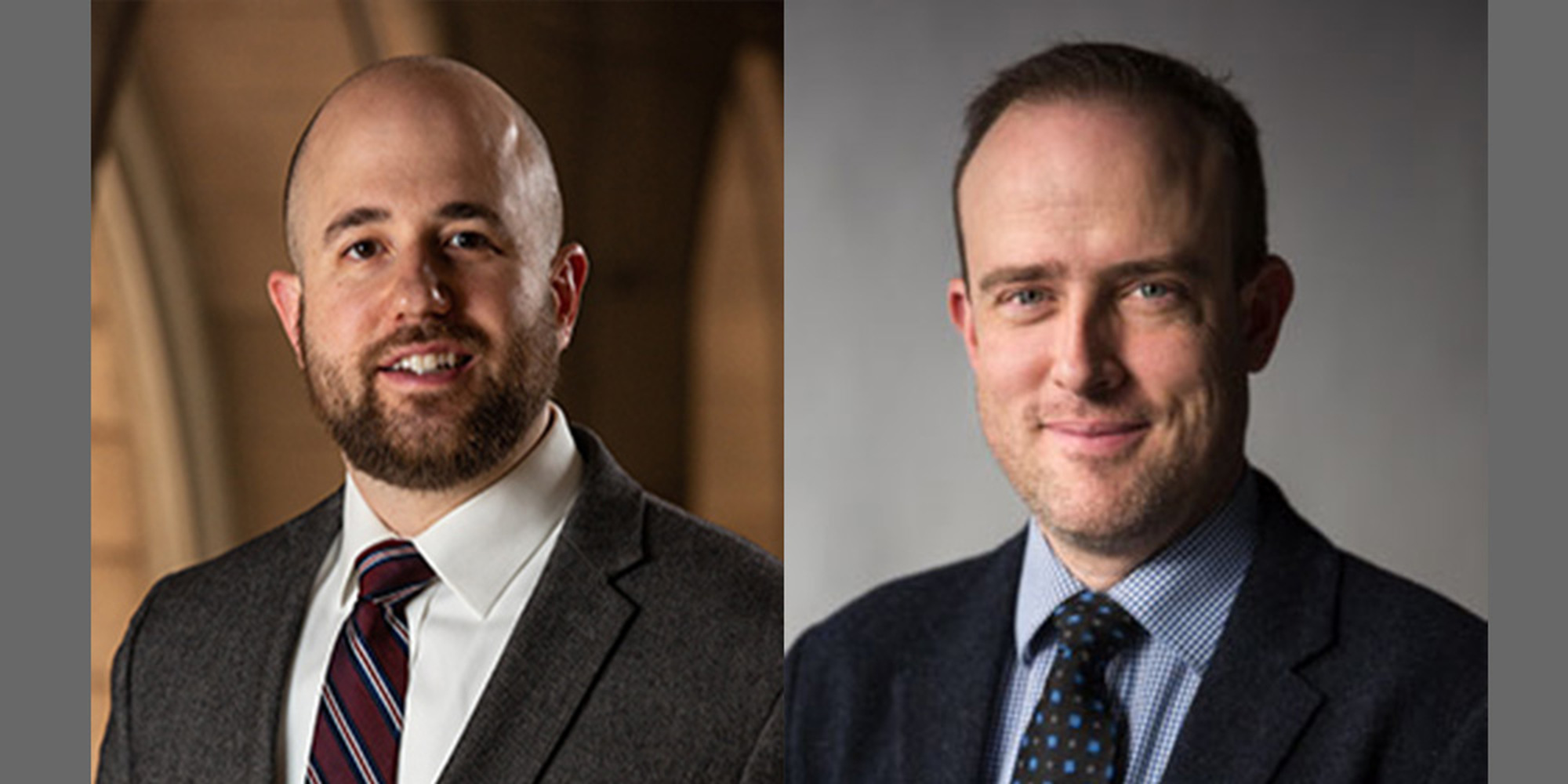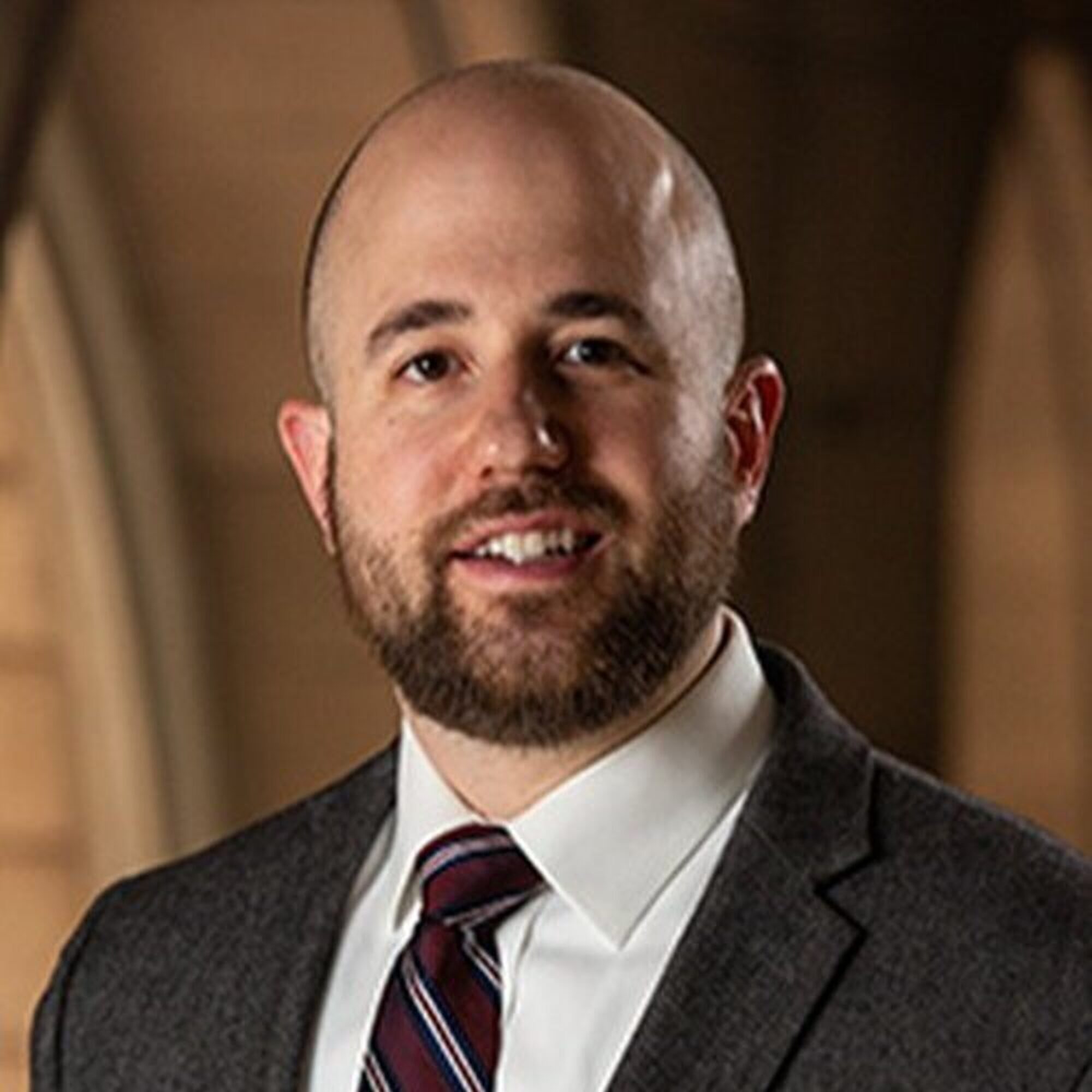In 2019, Michael Finley, a public defender in Allegheny County, Pennsylvania, was assigned to represent two brothers at their first appearance hearing. Police had arrested the brothers, who were in their early 20s, for allegedly stealing a car. The situation seemed straightforward: someone reported the car stolen, the police pulled over the brothers, arrested them, and took them to the county jail. When Finley went to meet with the pair, they told him that the arrest was a mistake; they had paid someone for the car.
At the hearing, Finley explained to the judge that the car’s seller had fooled the brothers, and they should be released. The judge agreed. Finley, who started at the office specifically to represent people at first appearance hearings [a]—called “bail hearings” in Allegheny County—was not surprised. “There was every indication they’d show up [to court] and just get this worked out,” he said.
Adding Information to Inform Decisions
The public defenders working first appearance hearings in Allegheny County, the second-most populous county in Pennsylvania and home to Pittsburgh, have positively influenced the pretrial system. The significance of their role was confirmed last month when the RAND Corporation released the findings of its year-long study into the impact of public defenders at first appearance hearings.
Researchers found that people represented by a public defender were less likely to receive a financial release condition and less likely to be detained pretrial—all without increasing failure to appear rates at preliminary hearings.
“We can provide additional information that can help the judge feel confident that release is warranted and that it’s safe,” said Matthew Dugan, chief defender for Allegheny County. “It’s always worth reminding the judge that you’re actually dealing with a real human being. This isn’t just somebody on a piece of paper with a prior arrest record.”
Gaps in Defense Representation
Roughly half of the counties in the U.S. do not provide defense representation at first appearance hearings despite studies that show the value of such representation and the harm caused by pretrial detention. Pretrial detention leads to higher chances of conviction while also resulting in worse employment outcomes and a higher chance the person will be rearrested. Even so, the U.S. Supreme Court has not recognized first appearance hearings as vital enough to guarantee a lawyer.

Hearings take place 24 hours a day in Allegheny County. In 2017, public defenders started working these hearings during business hours and were so effective that the county wanted to expand to provide them at some overnight and weekend hearings. Thanks to a grant from the MacArthur Foundation’s Safety and Justice Challenge, the county hired two additional staff attorneys and a manager of arraignments in 2019, including Finley, to staff those hearings.
“When I heard that the office was going to receive funding, I was excited,” said John Munoz, chief deputy director. “For a long time it didn’t sit quite well with me that we didn’t have attorneys for arraignments. And so any opportunity to expand our footprint or impact on people who are facing incarceration, I was all for.”
In Allegheny County, judges receive a pretrial assessment report before the hearing. Based on an actuarial pretrial assessment, the report estimates the likelihood that a person will return to court and have no new arrest before their case is resolved. Although the assessment report never recommends a financial condition, the study found that judges set a monetary bond in about half of cases.
Notably, judges make their decisions before a person is called for their hearing. Public defenders can meet with clients in jail and gather information, such as the individual’s job status or people they might stay with who can ensure they return to court. The public defenders can make the judge aware of relevant information while the judge is reviewing the assessment report before the hearing. The judge may be convinced to grant release. Public defenders’ intervention has proven to be crucial.
Focusing on hearings from April 2019 to March 2020, RAND researchers discovered that people who had public defenders were released with nonfinancial conditions 60 percent of the time, compared to 49 percent of the people who did not have representation. The study also found that the influence of public defenders is predominantly felt in cases in which the person would have received a financial condition of less than $10,000, which is often set for offenses such as drug possession, simple assault, and other misdemeanors.
The presence of a public defender meant there was a slight decrease in immediate pretrial detention as well. The only negative impact researchers found was a slight increase in rearrests for third-degree felony theft. The researchers explore potential reasons for this. One explanation is that this study could only examine short-term rearrest outcomes due to the COVID-19 pandemic. The pandemic resulted in changes to various processes in the county that had the potential to impact the outcomes examined in the study. As a result, the study focused on short-term pre-pandemic outcomes. The researchers noted that previous literature on the impact of pretrial detention on rearrest rates follows a two to three-year period.
The Impact of Defense Counsel at Bail Hearings study by RAND Corporation found that public defender representation decreased the use of financial conditions and detention with no negative impact on court appearance rates. Arnold Ventures funded the research. When the study was done, Alleghany County only had resources to provide public defenders for half of the shifts that did not already have public defenders. As a result, researchers were able to design the study akin to a randomized control trial to evaluate the impact of providing a public defender at a person’s first appearance hearing on a variety of outcomes. Read the study.
Beyond the Data
But the effects of representation reach far beyond the data. The public defenders in Allegheny County have hailed the investment in providing counsel at first appearance hearings. “These are your neighbors that end up in the Allegheny County Jail and they’re just hoping there’s a way for them to get out. And you’re pretty much the only interaction they really have with anybody who even remotely cares about their well-being,” said public defender Josh Guckert.
Guckert recalled a recent client who had been arrested on a failure to appear warrant, and the judge had set a financial condition. The client then told him that he had missed his court date because he was in a rehabilitation facility. Guckert provided a letter from the rehab facility to the judge explaining the circumstances, and the judge released the person from jail. “I was able to see the power of all the information I learned from doing arraignments,” said Guckert.
Dugan, the chief public defender, said the RAND study showed that the presence of public defenders at first appearance hearings has many benefits. In the future, he said he’d like to take a look at statistics on rearrests over a longer period since the pandemic resulted in researchers studying short-term outcomes. He’d also like to redirect social work resources to a targeted group of clients identified through RAND’s data as more likely to reoffend, such as those charged with retail theft, to help them succeed in the community during the pretrial period and beyond.
It’s those same clients who have come to appreciate the help of public defenders at their first appearance hearings. “I think folks who have had experience in the system appreciate the fact that we’re really talking to them early on in this process,” said Dugan.
About the Author
Lauren Gill is a freelance journalist writing about issues in the criminal legal system, with a focus on the death penalty, prisons, and jails.

